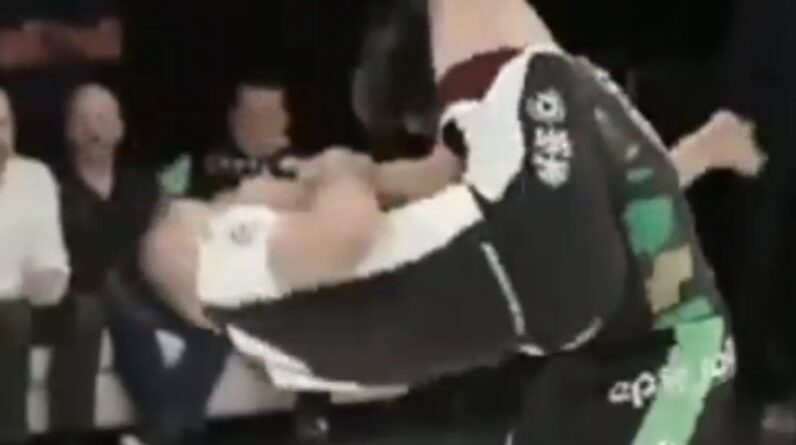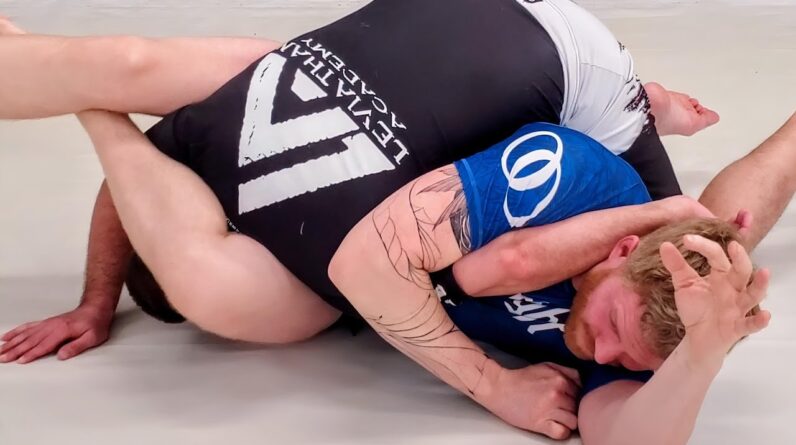The Fundamental Hand Skills And Stances That Make Up The Core Of Southern Boxing.
As most of you know, I primarily study jujitsu, and Northern (animal style) Kung Fu as my primary forms of martial arts. I dabble in other styles, from Shaolin to Kempo to Tae Kwon do on the hard side, and work out with Wing Chun and Tai Chi Chuan with my father, and teach a couple of jujitsu classes for extra income.
However, I take a deep interest in nearly any style of martial arts, hard or soft, so long as it gives a solid workout and lots of motions. An interesting trend in martial arts instruction is “syncretic” or contemporary styles; one of the ones I’ve recently been exposed to is Nan Quan Kung Fu, or “southern boxing”. Martial arts styles have generations, where they’re founded, the founder founds schools, the schools then spread, and regional variations build up, and the styles seem to ossify, then someone starts up a new tradition or style, and the process repeats itself again. Southern Boxing is an outgrowth of Shaolin Kung Fu, and shares many of the same basic techniques and styles.
The core stance is best described as a wide rooted “horse” stance; it’s designed for transmission of the strength of the punch from the core of the body through to the fist; this is a significant change from the styles I’m used to, and it feels a lot like it overcommits on the body motions. Punches and blocks tend to be straight from elbow height, and tend to be “minimum force redirection” blocks rather than sweeping redirections. As a predominantly punching style, it doesn’t try to lead the practitioner into joint locks or throws, though it does have an array of kicks. Most of the blocks are “straightened” versions of their Shaolin Kung Fu counterparts, which isn’t surprising given the emphasis on the art and its practitioners, and where it came from
My own experience, with moving along with a local practitioner, is that it’s got a lot of similarities to Tae Kwon Do in overall feel, even though the motions are different, and the focus is built on punching over kicks as the primary offensive maneuver. Like Tae Kwon Do, it’s a pared down style; it’s designed for rough and ready efficiency of motion. Also like Tae Kwon Do, it’s built around heavily scripted routines, which, when executed, string a bunch of very large whole body motions into a blinding, energetic series of attacks. It’s very flashy looking, but like I mentioned above, compared to jujitsu and the Northern styles of Kung Fu I do, it feels very much like it overcommits on the body motion.


